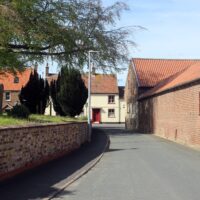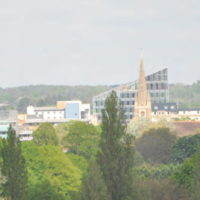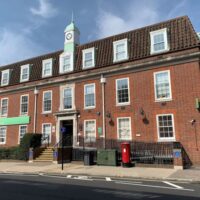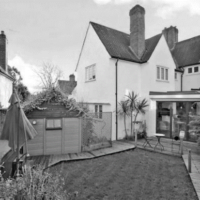Fuller Long have obtained Listed Building Consent on behalf of a client for works on a property in Hyde Park located in the Bayswater Conservation Area. The building in question was Grade II listed and had already been subdivided and internally reconfigured. The property was purchased in 2015 and a range of minor alterations, upgrading and general refurbishment commenced. However, the works were undertaken without listed building consent. In order to obtain permission for the works, Fuller Long submitted an application for retrospective Listed Building Consent. The works included minor alterations to the partition layout, creation of two bathrooms in place of the existing kitchen and bathroom, and replacement of suspended ceilings and the incorporation of recessed lighting features.
In a Heritage Statement, Fuller Long explained that when purchased, the fourth floor accommodation retained no features of architectural or historical interest. All of the ceilings had been replaced with plasterboard, complete with recessed spotlights. The flat no longer formed part of the predictable series of historic spaces within the listed building. Consequently, the significance and special architectural and historic interest of the internal spaces at 4th floor level was limited.
Relevant heritage policies seek to ensure that the special interest of listed buildings is preserved and if possible, enhanced. However, in the case of the aforementioned property, the listing information made no reference to the internal nature of the building. Furthermore, little sense of the former vertical hierarchy of the building remained and the typical progression of space had been lost to a sense of fragmentation. Fuller Long detailed within their statement that there were no surviving architectural or decorative features of significance. In this case, it was considered that the key significance of the building related to its historic and architectural contribution to the development of Bayswater and its aesthetic contribution to the coherent and harmonious character of the area. The terrace also had significant group value and townscape interest due to its impressive unified front elevation, particularly given its prominent position directly facing Hyde Park.
Fuller Long argued that the works undertaken involved only minor alterations to the interior of the building and did not have any demonstrable impact upon the historic layout or spatial quality of the listed building. Given the extensive nature of the alterations that took place when the building was converted to flats and the absence of a traditional vertical hierarchy through the building, it was considered by Fuller Long that the significance and special interest of the listed building was almost solely concentrated on its external facades.
Fuller Long also argued that the works were considered to fully comply with the requirements of Westminster’s City Plan and UDP policies. They were considered to preserve the special architectural and historic interest of the listed building in line with the statutory duty. The proposals also accorded with the provisions of the National Planning Policy Framework, in particular ensuring that the significance of the listed building was sustained. Conjunctively, similar works had been granted at a property in the area. In this sense, the works to the property were deemed acceptable and retrospective Listed Building Consent was granted.
Retrospective Listed Building Consent is not impossible to gain. However, without proper guidance and experienced Heritage Consultants such as Fuller Long, the process could result in costly and time consuming alterations to the property to revert it to its original condition. To discuss a planning issue in regards to Listed Building Consent with one of our experienced team of Heritage consultants, please call us on 0808 164 1288 for a no obligation conversation or email us at hello@fullerlong.com





